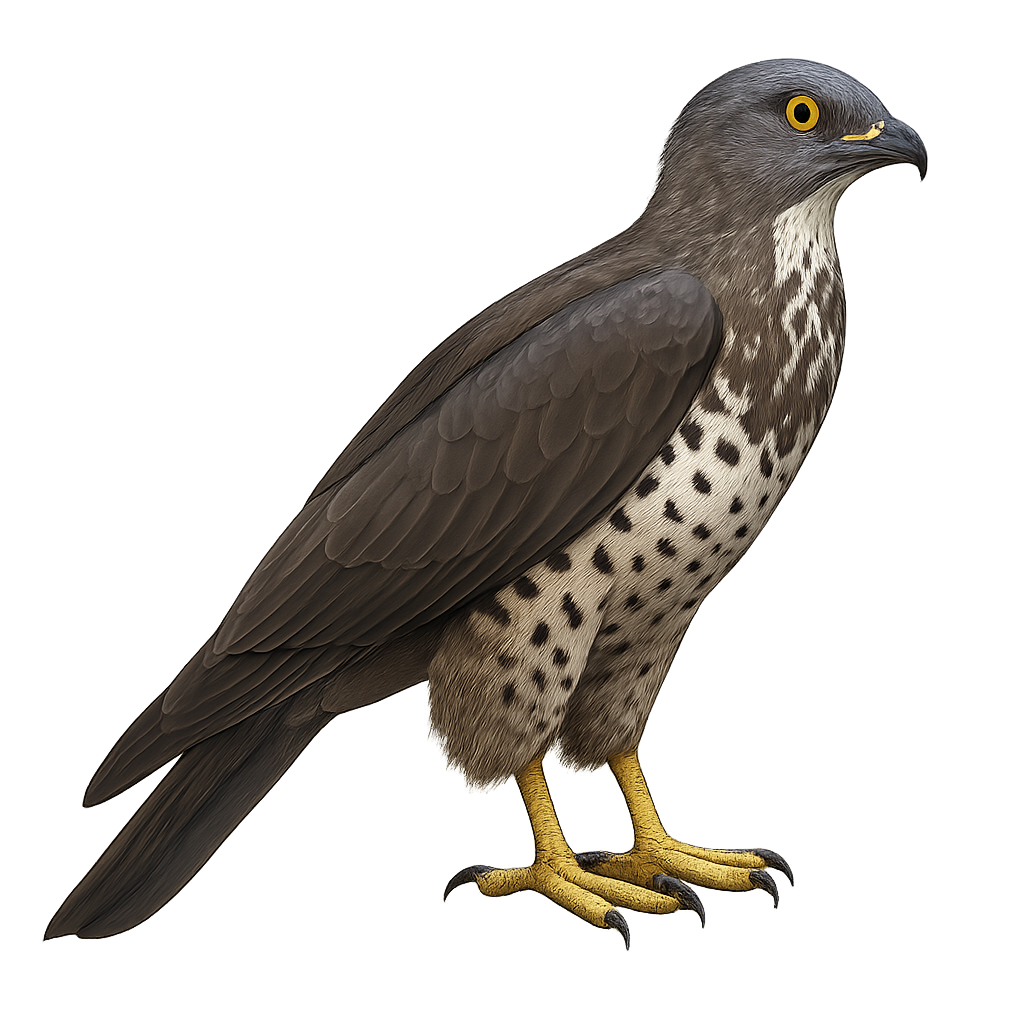Your wildlife photography guide.
Explore the honey buzzard in detail, study its behavior, prepare your shots.
Where to observe and photograph the honey buzzard in the wild
Learn where and when to spot the honey buzzard in the wild, how to identify the species based on distinctive features, and what natural environments it inhabits. The WildlifePhotographer app offers tailored photography tips that reflect the honey buzzard’s behavior, helping you capture better wildlife images. Explore the full species profile for key information including description, habitat, active periods, and approach techniques.
Honey Buzzard
Scientific name: Pernis apivorus

IUCN Status: Least Concern
Family: ACCIPITRIDAE
Group: Birds
Sensitivity to human approach: Suspicious
Minimum approach distance: 50 m
Courtship display: May to July
Incubation: 30-38 jours
Hatchings: June to August
Habitat:
Deciduous forests with clearings
Activity period :
Primarily active during the day, with peak activity in the morning and late afternoon.
Identification and description:
The Honey Buzzard is a medium-sized diurnal raptor, easily recognizable by its plumage marked with light and dark brown patterns and its slender build. It primarily inhabits open forests, hedgerows, and wooded areas in Europe and Asia, and feeds mainly on larvae of bees, wasps, and small insects, which it captures by flying above beehives or attacking the nests of social insects.
This raptor uses its powerful talons and curved beak to extract larvae from the nests. The Honey Buzzard is also known for its ability to undertake long migratory flights, leaving its breeding grounds in Europe to travel to warmer regions in North Africa for the winter. While the population remains stable in many areas, the Honey Buzzard may be threatened by habitat loss and the reduction in insect populations on which it relies.
Recommended lens:
300 mm – adjust based on distance, desired framing (portrait or habitat), and approach conditions.
Photography tips:
Photograph from a distance using a telephoto lens to avoid disturbing the honey buzzard while it's flying or resting.
Prefer the early morning hours or late afternoon, when the light is soft and the honey buzzard is more active, often hunting for prey like insects or bees.
Capture flight moments: The honey buzzard is known for its acrobatic flight and ability to catch prey in mid-air, creating beautiful opportunities for dynamic photos.
Be patient: Wait for the bird to land or spot prey, while being discreet not to disturb its natural behavior.
The Honey Buzzard is a species of minor concern, but it is essential to respect its natural space, especially during the breeding season. Do not disturb its natural behaviors and follow local conservation guidelines to preserve this species.
The WildlifePhotographer App is coming soon!
Be the first to explore the best nature spots, track rutting seasons, log your observations, and observe more wildlife.
Already 1 431 wildlife lovers subscribed worldwide

